This website uses cookies to ensure you get the best experience on our website. Learn more

ICS is specialized in the characterization and validation of genetic engineering models and in pharmacological studies (Drug target identification or validation / Efficacy / Risks evaluation).
Because genetically engineered mouse models for human disease are pivotal in bridging scientific discovery to clinical development, ICS's unwavering mission is to give every model and/or drug its best chance to succeed. We achieve this by applying our core scientific knowledge, regulatory expertise, and preclinical excellence for expedited discovery and analysis.
Our phenotyping department was established to provide state-of-the-art service, consultancy, and equipment for the analysis of anatomical, physiological, and behavioral changes. Consequently, ICS fosters the development and implementation of new technologies for testing mouse models and new therapeutic molecules.
Our phenotyping department was established to provide state-of-the-art service, consultancy, and equipment for the analysis of anatomical, physiological, and behavioral changes. Consequently, ICS fosters the development and implementation of new technologies for testing mouse models and new therapeutic molecules.
Our mission is to assist investigators in their experimental design and execution by providing an extensive baseline phenotypic profile of mice. Several approaches can be proposed, according to our established SOPs and our expertise.
ICS Services allows you to explore the whole physiological systems and the related diseases with more than 250 validated tests covering 500 different parameters.
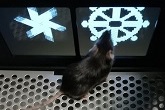
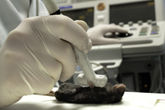

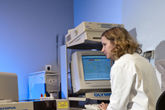
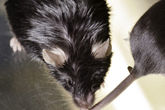
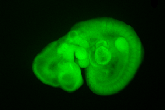
iCS, through the creation and animation of the French infrastructrure PHENOMIN, has developed expertise for oncology studies using mouse models for cancer progression and/or initiation. Detailed prestations are currently availble on the PHENOMIN's website. Please have a look !
For meaningful scientific interpretation of histopathological data through analysis of large cohorts of mice, we recommend, 24 mice per age group (i.e., number used in systematic clinical tests). However, as it takes several hours of technician time to collect, process and stain the tissues of a single mouse, economical aspects must be taken into account. Hence, we commonly recommend the following as a more economical phenotyping strategy:
ICS proposes a first-line panel of blood analyses in order to give first insights into clinical chemistry, hematology and endocrinology. This provides clients a rapid and economical first insight regarding general health and potential aberrant pathways for their mouse model.
Broad general phenotyping (Metabolism, cardiology, bone...) through EMPReSS program
Broad general phenotyping (Behavior, CNS, sensory system...) through EMPReSS program
Embryonic and adult phenotyping through the IMPReSS program
